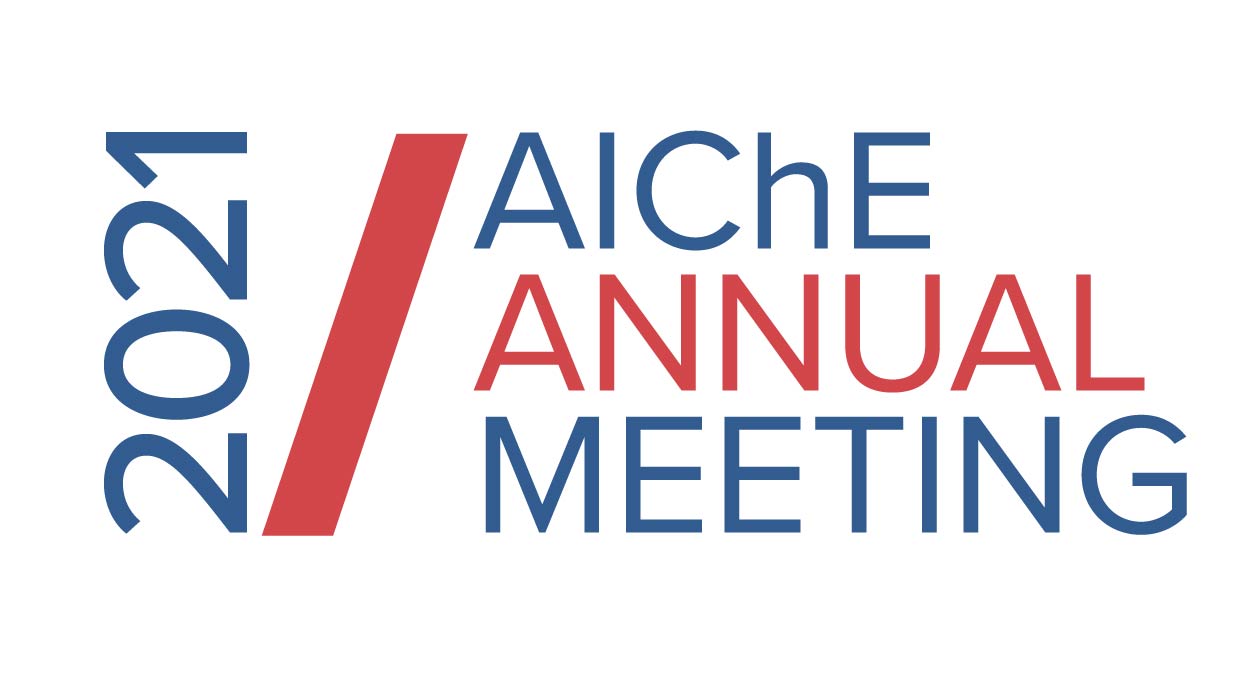

Many industrial chemical processes require high operating temperatures to drive catalytic reactions which are crucial to human development. These high temperatures are both energy demanding and detrimental to the long term life of the catalyst. Plasmonic metal nanoparticles offer an interesting alternative to traditional heterogenous catalytic processes due to their ability to be activated by light. One potential mechanism of action is the localized surface plasmon resonance, which involves oscillations in surface electron density that decay into so called “hot†electrons. These hot electrons can then transfer to unoccupied orbitals of surface intermediates to break chemical bonds or accelerate reactions. While plasmonic photocatalysis is a well-known event, the exact mechanism of these reactions is still debated. Understanding the precise workings of plasmon transfer is important for rational design of novel catalytic structures. Here, we utilize real-time, time-dependent density functional theory (RT-TD-DFT) to excite a system with oscillating electric fields and track the subsequent excited state dynamics in real time. This method models light of varying frequency in order to observe the mechanism of plasmon-mediated reactions in Au and Ag nanoparticles. Our results indicate that adsorbates can have qualitatively different charge transfer behavior. Specifically, O2 loses electrons while N2 gains electrons when exposed to identical electric fields on both Au and Ag nanoparticles. Additionally, charge density calculations indicate that these excitations are π → π* on short time scales and a mixture of π, σ → π*, σ* as time evolves. We intend to further explain the differences between O2 and N2 via careful inspection of the electronic structure.
Presenter(s)
Once the content has been viewed and you have attested to it, you will be able to download and print a certificate for PDH credits.
If you have already viewed this content,
please click here
to login.
